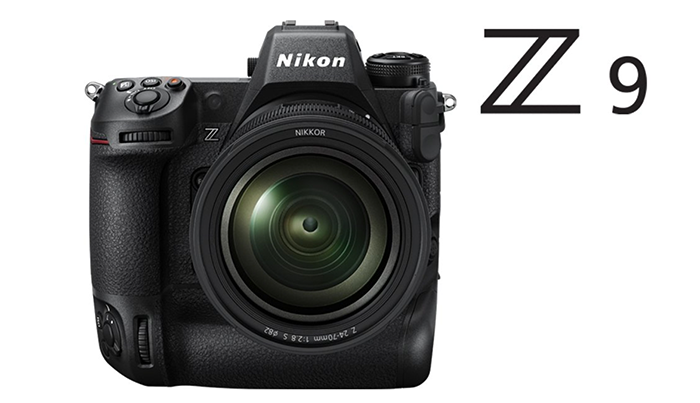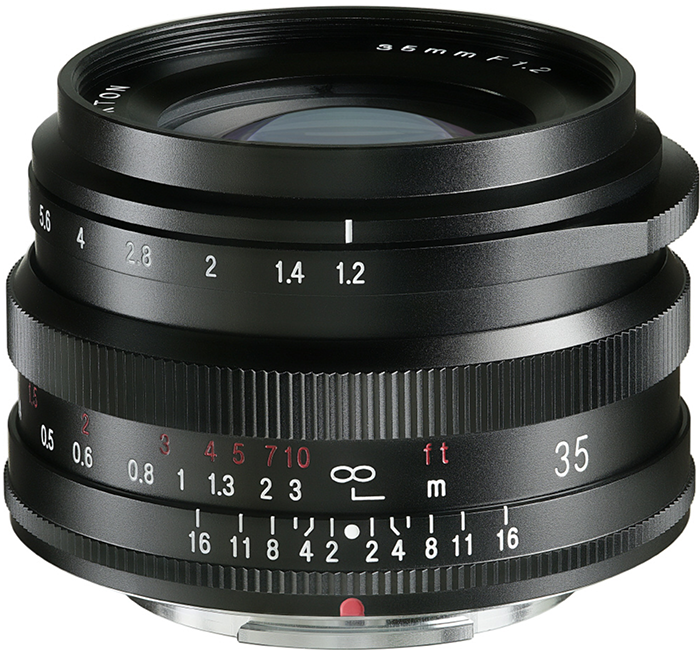Matti Sulanto: Ricoh GRIII –Photo Walk with The Best Street Camera
Let’s show some Ricoh love :)
Let’s show some Ricoh love :)

Here are the rumored Nikon Z9 specs:
–Newly developed 45-megapixel stacked FX sensor
-Continuous shooting at 30 frames / sec
-Vertical grip integrated type
-Nikon admits that Z9 is superior to D6-
Multi-shot mode-
16bit RAW
–8K30p, 4K120 / 60 / 30p ――New
EXPEED image processing engine designed for 8K ――Improved
AF (subject recognition AF) ――Amazing
AF tracking (better than D6) ――Evolved
real-time tracking
――Dual CFexpress type B card slot
-ISO64-25600, Hi1, Hi2-
Improved noise level, especially dynamic range-
Blackout-free EVF with 5.76 million or 9 million dots and 120Hz refresh rate-
New user interface (like D6) There is no second LCD monitor on the back)
–New battery: EN-EL18x
–Gbit LAN, USB-C, Wi-Fi, GPS, Built-in Transmitter-
Price $ 6000-7000-
Planned to be tested in August-
Announcement is rumored to be November or December (exact release date) Is unknown for now)
via Digicameinfo via NR
Nokishita reports:
The L mount version of Sigma “150-600mm F5-6.3 DG DN OS | Sports” has a lens configuration of 25 elements in 15 groups, a minimum shooting distance of 58cm-280cm, a maximum shooting magnification of 1: 2.9 (at 180mm), and 9 aperture blades (at 180mm). (Circular aperture), filter size φ95mm, size φ109.4×263.6mm, weight 2100g (including tripod mount), teleconverter (TC-1411 / TC-2011) seems to be compatible.
According to unconfirmed information about the domestic price of Sigma 150-600mm Sports, “The suggested retail price in Japan will be a little higher than Tamron’s 150-500 (170,000 excluding tax)” “The list price will not exceed 200,000 yen including tax” So, is the suggested retail price around 180,000 yen excluding tax?

The mass retailer price of Voigtlander “NOKTON 35mm F1.2 X-mount” seems to be 76,800 yen including tax. The planned release date is August 2021 and pre-order later this week.
via Nokishita

Image on top shows the E-mount version
The Fuji folks will be happy to learn that Cosina-Voigtlander is now going to make X-mount lenses too! Nokishita reports the Japanese company will soon announce the new 35mm f/1.2 X lens.

The Chinese website Xitek had a chat with Nikon managers. Here is the google translated text:
via Asobinet